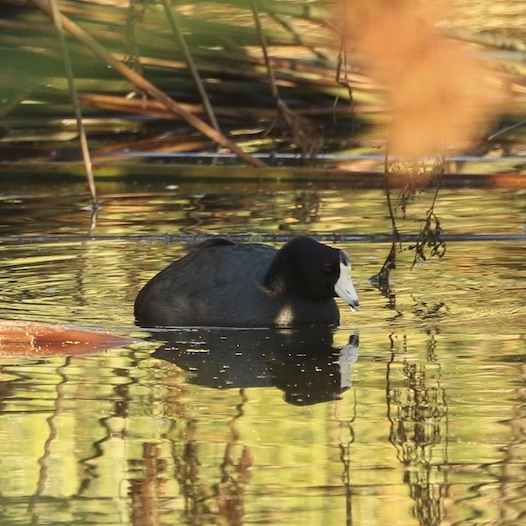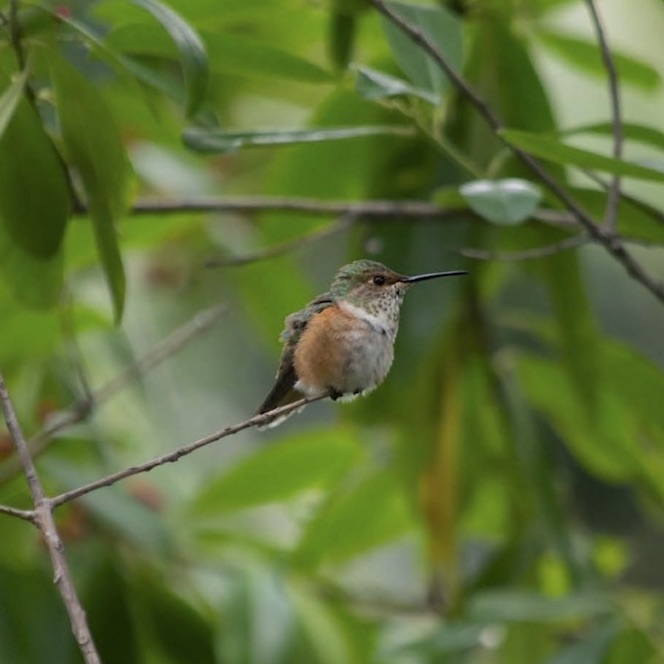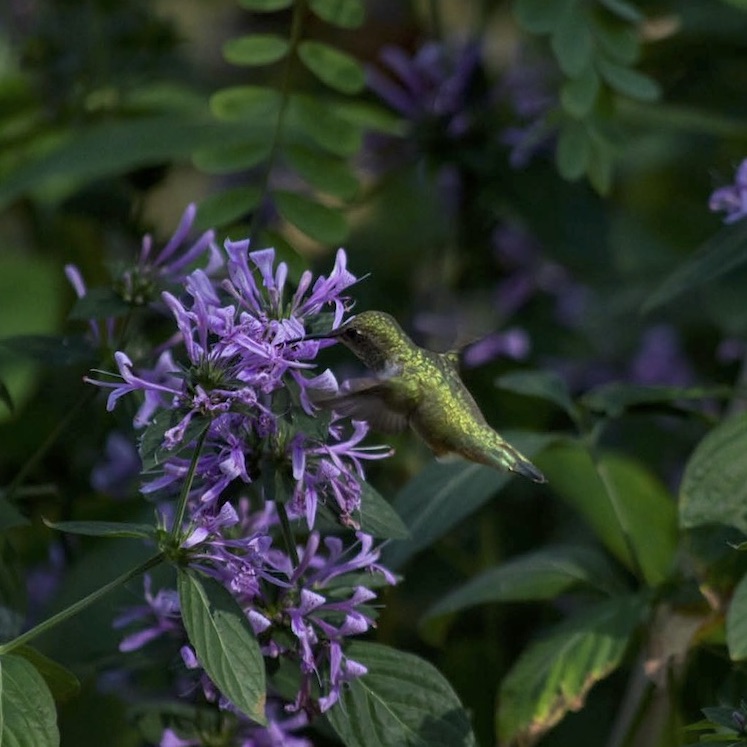counterforce lab: academics > migration in the anthropocene
desma 173 fall 2019
topics in visual communication and image: migration in the anthropocene.instructor: rebeca méndez. teaching assistant: alvaro azcárraga
“bird migration is the world’s only true unifying natural phenomena, stitching the continents together in a way that even the great weather systems fail to do.”
living on the wind – scott weidensaul
the pacific flyway is a major north-south flyway for migratory birds in the americas, extending from alaska to patagonia. every year, migratory birds travel some or all of this distance both in spring and fall, following food sources, overnight resting spots, and heading to breeding grounds, or travelling to overwintering sites. of the more than 650 species of north american breeding birds, more than half are migratory.
each year at least a billion birds migrate along the pacific flyway, but these birds are only a fraction of those that used the flyway a century ago. over nearly half a century, bird populations in north america experienced a steep decline. there are 2.9 billion fewer birds today than there were in 1970 — a reduction of 29%. habitat loss, water shortages, pesticide use, plastic pollution, tall glass buildings, diminishing food sources, and climate change all threaten the birds of the pacific flyway.
these man-made threats are of a magnitude that they are seen as a geological era in itself: the anthropocene. the oldest known bird fossil is 150 million years old, while the oldest fossil remains of homo sapiens date back 300,000 years. yet we ‘spring-chicken’ humans are spearheading a sixth mass extinction of the ancient species we co-exist on our planet with.
strangely and fortunately for migrating birds our modern cities offer a welcome alternative to many of our rural environments, which are overtaken by the ruinous monoculture of agro-industrial production. many unexpected pockets of los angeles offer a much safer refuge for our temporary guests. over 500 bird species have been counted in la county, the most in any county of the united states.
in this fall class you will observe, document, and enter into an interspecies communication to perceive the stories your chosen totem bird has to tell, the lessons it teaches and the wisdom it shares–of fragility, resilience, adaptability and determination– in order to prepare yourself for the inevitable changes that one day soon will also impact your life.
project description:
migration in the anthropocene journal
the students create a collective journal of migratory bird species who make a stopover in the los angeles area during their fall migration. each student selects one bird species to thoroughly study and designs one chapter of the collective journal. each chapter is comprised of selected research, data visualization, photographic essays, drawings, poems, etc… all chapters are printed and sewn to form the migration in the anthropocene journal.
http://classes.dma.ucla.edu/Fall19/173/




